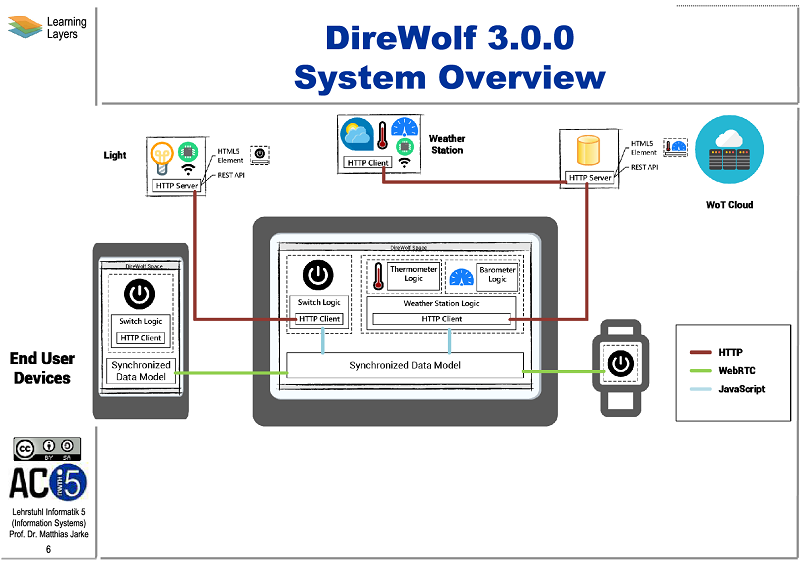Lest I Forget: International Conference on Web Engineering - Day 2 Research Tracks
Earlier this week I shortly wrote about the first day Research Track at International Conference on Web Engineering which took place between June 6-7. Today it’s time for day 2 (keynote included).
Day 2
The second day ended with a lovely dinner in the restaurant and lookout point atop Monte Brè. Although the weather was a little flaky, everyone got a chance for some pictures of Lugano from above. Here’s my panorama shot of Lugano:
Other than that, unsurprisingly, the conference research track featured a whole lot of interesting lectures, ideas and showcases.
The keynote - Microservices - The Hunting of the Snark
James Lewis of ThoughtWorks (yes, the one famous for Martin Fowler) gave and extensive and wildly interesting talk about the state of Microservices, organizational challenges for companies which want to try and also consultancy work at banks. As we all know, a picture is worth a thousand words, so here are some tweet highlights from the keynote
"how big are they" doesn't matter for #Microservices; what matters is how many you can handle. do you have a plan? @boicy at #icwe2016
— Erik Wilde (@dret) June 7, 2016
And areas necessary for an organization to excel at before going for #microservices #ICWE2016 https://t.co/g8hr42yctQ
— Tomasz Pluskiewicz (@tpluscode) June 7, 2016
'The death of the integration env' predicted by @boicy. It's not possible for 100s of #Microservices #icwe2016 pic.twitter.com/kgzPEpqa60
— Tomasz Pluskiewicz (@tpluscode) June 7, 2016
REST APIs: A Large-Scale Analysis of Compliance with Principles and Best Practices
Unfortunately, this one I didn’t enjoy as much. Florian Daniel showed their results
of a large scale analysis of mobile data usage around Milan. The team gathered 78 GB worth of data and calculated a number
of metrics like HTTP method usage, media types, user agents and more. An intriguing idea, but without interaction context
it is really hard to come to any conclusions about the “quality” of any single endpoint from REST perspective. Not to mention
that the dataset likely misses any encrypted traffic, which I would expect to be a significant portion. If anything, the
work is an analysis of HTTP protocol usage on the mobile web, but not really REST at all. This is quite evident when you
look closely at some of the metrics, most of which revolve around the URI (eg. presence of underscores, api in path,
presence of a trailing slash, version in URI). I find it very harmful to consider anything specific about URIs a REST
principle and best practice.
URI practices are so unnecessary. Come to my @wsREST talk on Thursday at 12 to hear more @floriandanielit #ICWE2016 pic.twitter.com/bW1tNi14gy
— Tomasz Pluskiewicz (@tpluscode) June 7, 2016
Benchmarking Web API Quality
A similar presentation followed, in which Erik Wittern presented the results of a daunting benchmarking of a some popular public APIs including Twitter and Flickr, but also less popular services like police.co.uk. It was very entertaining to see how wildly some APIs differ when requested from different regions and at various time of day.
.@erikwittern is painting a dire picture of Web API availability #icwe2016 pic.twitter.com/1UNoTonVWO
— Philipp Leitner (@xLeitix) June 7, 2016
Of course one could argue that such comparison is a bit unfair. For example the aforementioned police.co.uk is likely not intended to work smoothly from Australia but on the other hand it may of interest to someone anywhere on the globe occasionally. The authors are aware of limitation to their method but rightly point out that it is very important to plan for availability when designing a public API. Especially that every single tested service showed occasional peaks in latencies and even outages.
MIRA: A Model-Driven Framework for Semantic Interfaces for Web Applications
Next presentation that really got my attention was Daniel Schwabe’s presentation of MIRA, a JavaScript tool and RDF notation for modelling user interfaces with abstract elements, so that they can be replaced by concrete elements on a given platform. This method addresses the volatility of the web and the shortcoming of responsive design, which will soon be unable to cater for futuristic User Interfaces.
These are four reasons why responsive web design isn't enough. Talk by @schwabed #ICWE2016 pic.twitter.com/XuJIGz3lXt
— Tomasz Pluskiewicz (@tpluscode) June 7, 2016
MIRA authors also boast their results which show that for seasoned programmers and non-developers alike it took the least time to build a simple application using their tool. However we’ve seen that already, which makes me skeptical (I’m looking at you Lightswitch!).
There is a demo available at http://mira.tecweb.inf.puc-rio.br/.
Volatile Functionality in Action: Methods, Techniques and Assessment
This was another slight disappointment of that day. Darian Frajberg presented their evaluation of using various techniques to manage volatile functionalities of an application. An example is a time-limited prices reduction on certain item on an e-commerce platform. The problem there is that programming tools such as code weaving and regular expressions, which were the basis for their platform are very demanding on the programmers. Even when packaged as a reusable library, such a library would take a great effort to support and evolve. Also, the authors didn’t really compare their results to real methods used in practice. The baseline for their evaluation included naïve and unrealistice methods, which would not be used in serious software.
Abstracting and Structuring Web contents for supporting Personal Web Experience
This very unassuming and slightly misleading title hides an exciting piece of software called Web Objects Ambient.
It is a Firefox extension (with a Chrome version a possibility) which allows end users to enhance web content by interacting
with elements and combining it with more data like tweets, reviews, etc. And it uses DBpedia as the source of concepts ![]() .
In case I somehow failed to convey the general idea, here’s a video showing WOA in action.
.
In case I somehow failed to convey the general idea, here’s a video showing WOA in action.
Finally, there is also an extensibility model, which allows developers to extend the sidebar seen above with more powers!
The DireWolf Inside You: End User Development for Heterogeneous Web of Things Appliances
Because RDF Streams are above me I’m skipping right to the last presentation of the day. Awarded the Best Vision Paper Award, the vision by Istvan Koren and Ralf Klamma ongoing effort to build a distributed End User Interface for the Web of Things. Build with Polymer and their own peer-to-peer communication library! Again, because a picture will explain uch better than words, here the slide showing an overview of the authors’ vision.

